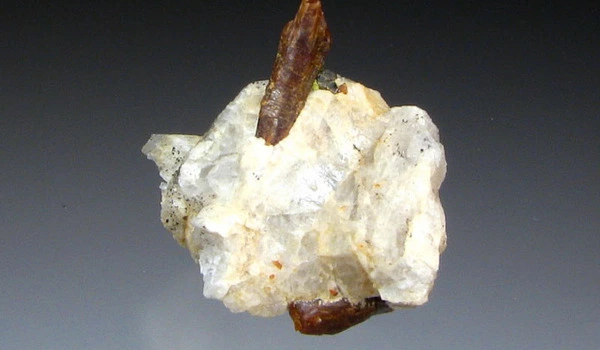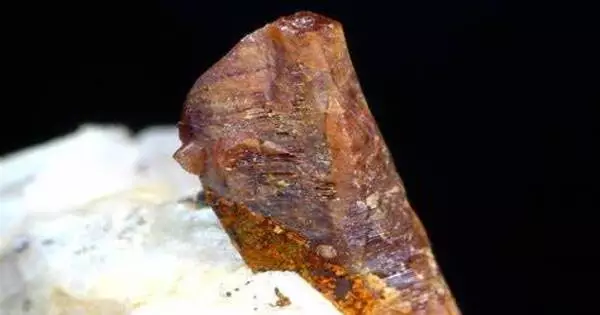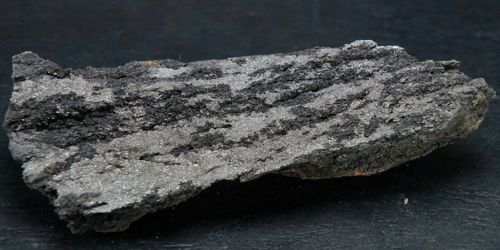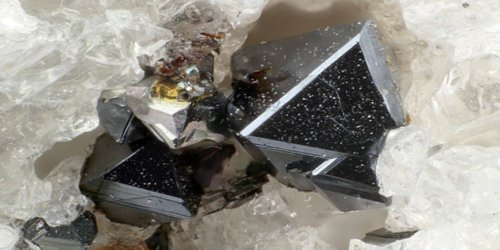Parisite, Ca(Ce, La)2(CO3)3F2, is a rare mineral composed of cerium, lanthanum, and calcium fluoro-carbonate. Parisite is mostly parisite-(Ce), but when neodymium is present, the mineral changes to parisite-(Nd).
It is only found as crystals that belong to the trigonal or monoclinic pseudo-hexagonal system and usually take the form of acute double pyramids terminated by basal planes; the faces of the hexagonal pyramids are striated horizontally, and there is a perfect cleavage parallel to the basal plane. The crystals are translucent and hair-brown in color. The specific gravity is 4.36 and the hardness is 4.5. A light that has passed through a parisite crystal has a distinct absorption spectrum.
Parisite is known for its beautiful crystal formations and is commonly found in association with other rare-earth minerals. It was discovered in the Langesundsfjord area of Norway in 1841. The mineral’s name “parisite” is derived from the name of mineralogist J. J. Paris, who was instrumental in the discovery of this mineral.
General Information
- Category: Carbonate
- Formula (repeating unit): Ca(Ce,La)2(CO3)3F2
- Crystal system: Monoclinic
- Crystal class: Domatic (m) (same H-M symbol)
- Formula mass: 537.24 g/mol
- Color: Brown, brownish yellow, gray-yellow, grayish yellow, yellow, waxy yellow, colorless to yellow in transmitted light

Properties
- Crystal habit: Acicular
- Mohs scale hardness: 4+1⁄2
- Luster: Vitreous – greasy
- Streak: White
- Diaphaneity: Transparent to translucent
- Specific gravity: 4.34
- Density: 4.38
Occurrences
The only known occurrence of this mineral was in the famous emerald mine at Muzo in Colombia, South America, where it was discovered by J.J. Paris, who rediscovered and worked the mine in the early part of the nineteenth century; here it is associated with emerald in Cretaceous bituminous limestone.
A mineral from the nepheline-syenite district of Julianehaab in south Greenland that is closely related to parisite and was first described as such. This has been given the name synchysite. The crystals are rhombohedral (as opposed to hexagonal); their composition is CeFCa(CO3)2, and their specific gravity is 2.90.
At the same location, a barium-parisite is discovered, which differs from Colombian parisite in that it contains barium instead of calcium, with the formula (CeF)2Ba(CO3)3: this is known as cordylite due to the club-shaped form of its hexagonal crystals. Bastnasite is a cerium lanthanum and neodymium fluoro-carbonate (CeF)CO3 derived from Bastnas in Vestmanland, Sweden, and the Pikes Peak region in Colorado, United States.
















